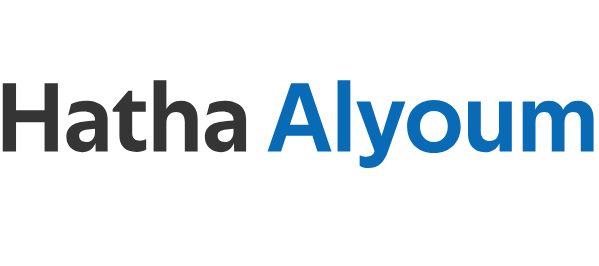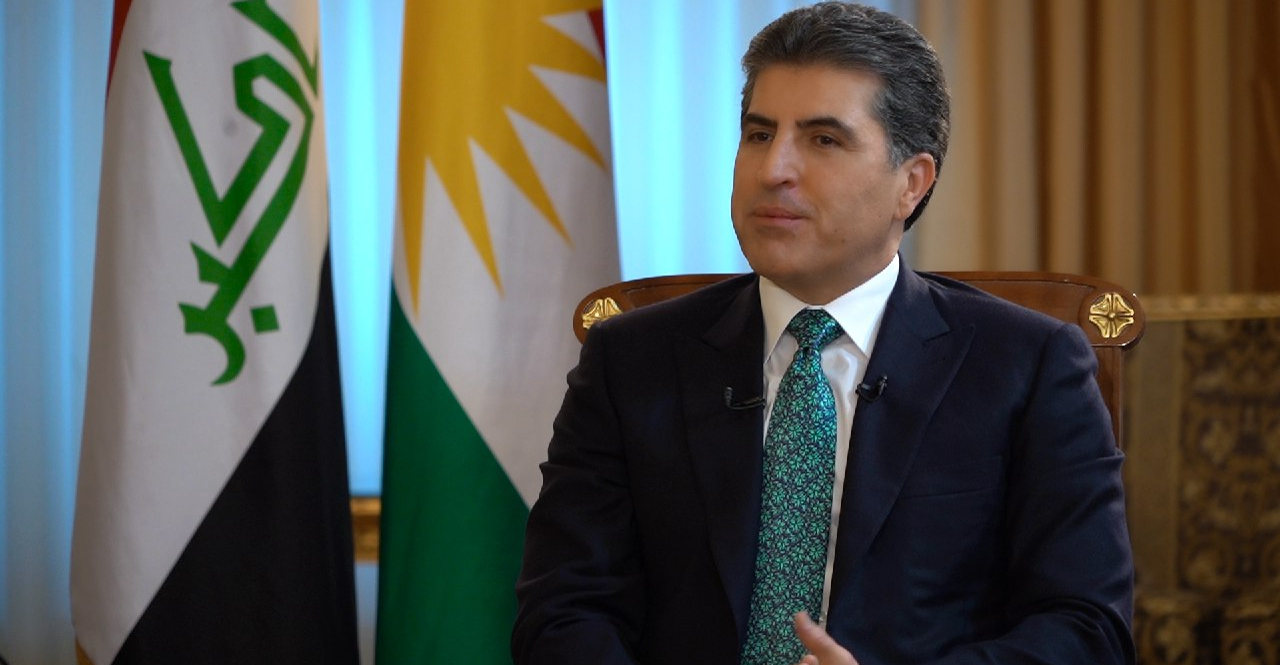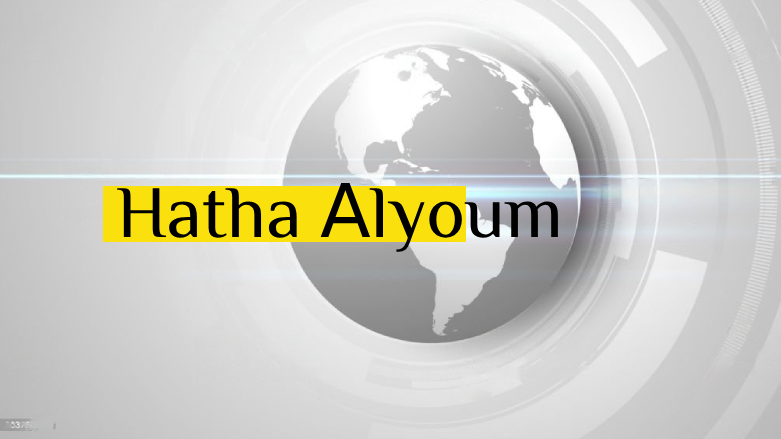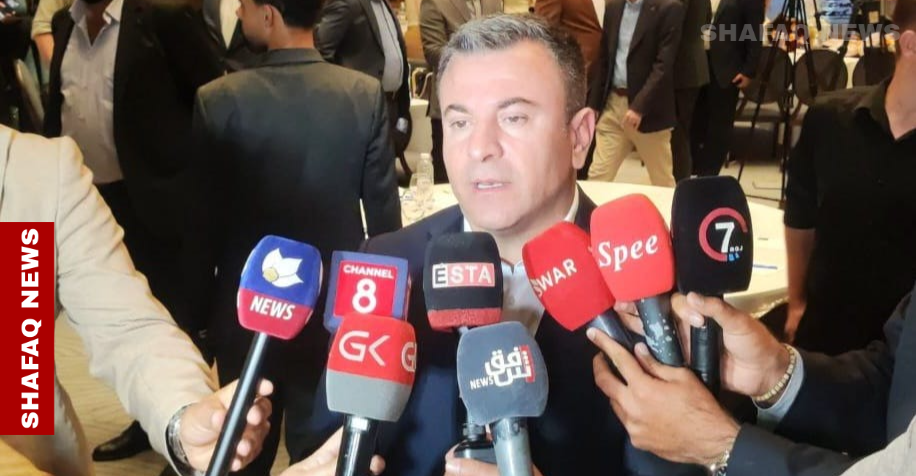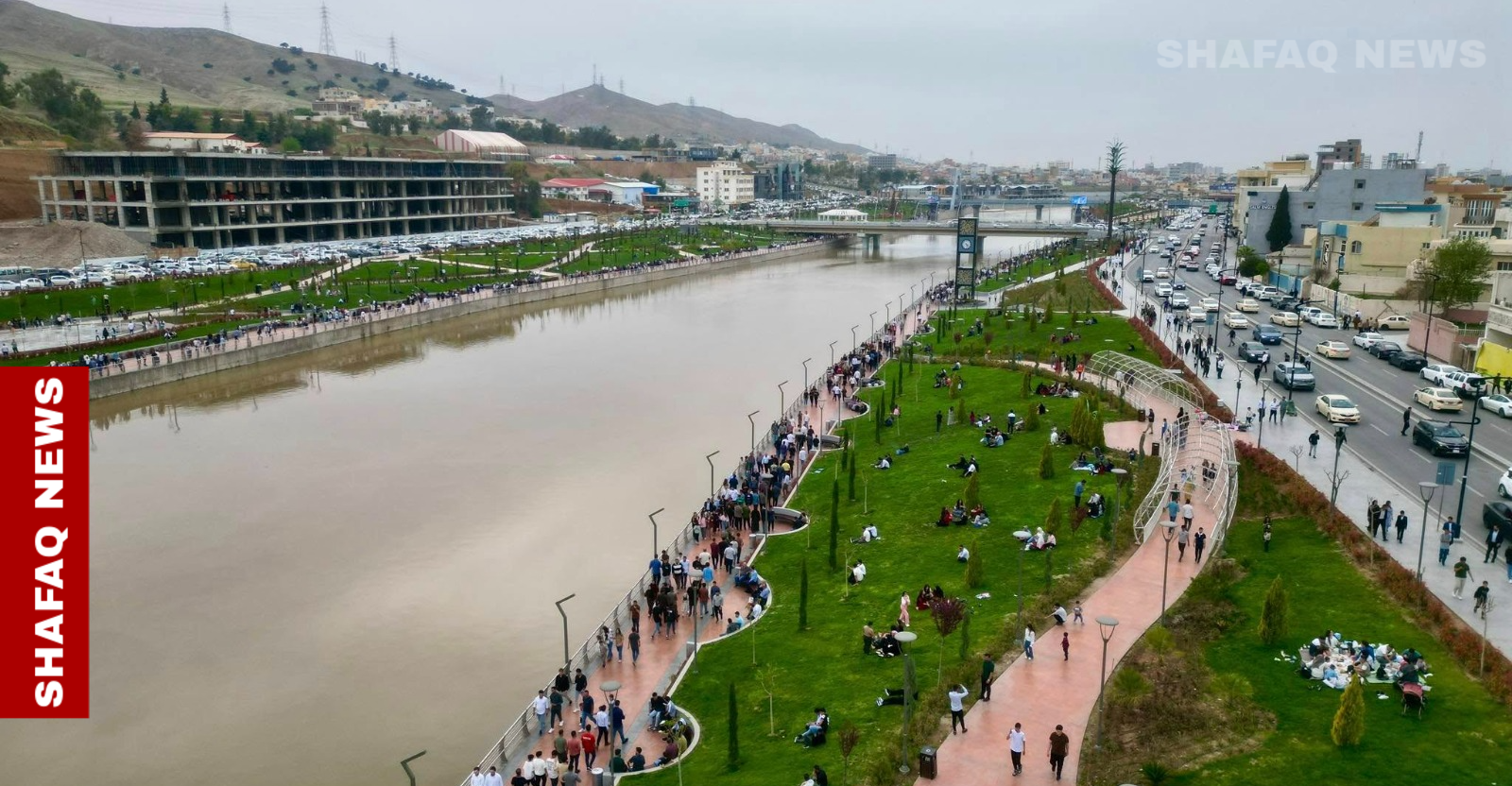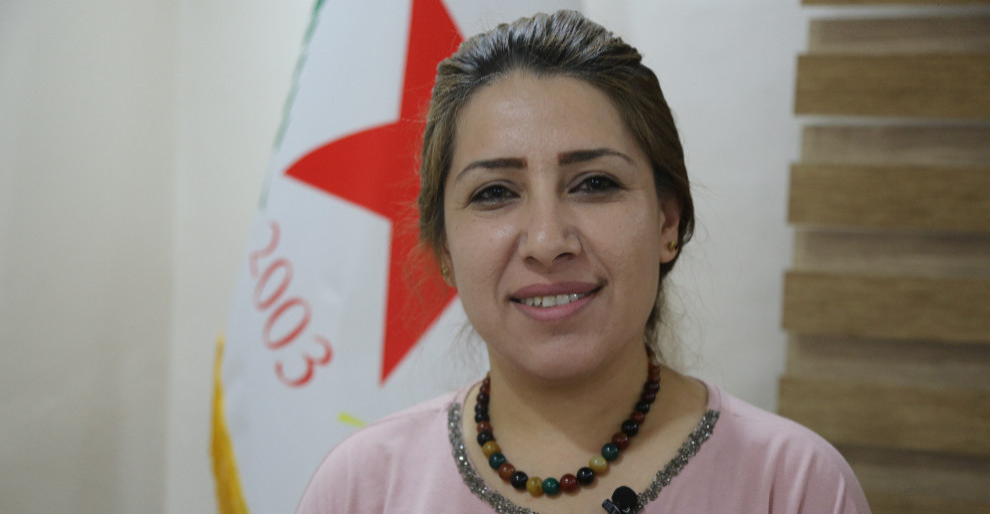Preserving heritage: Iraqi Media Museum chronicles a bygone era
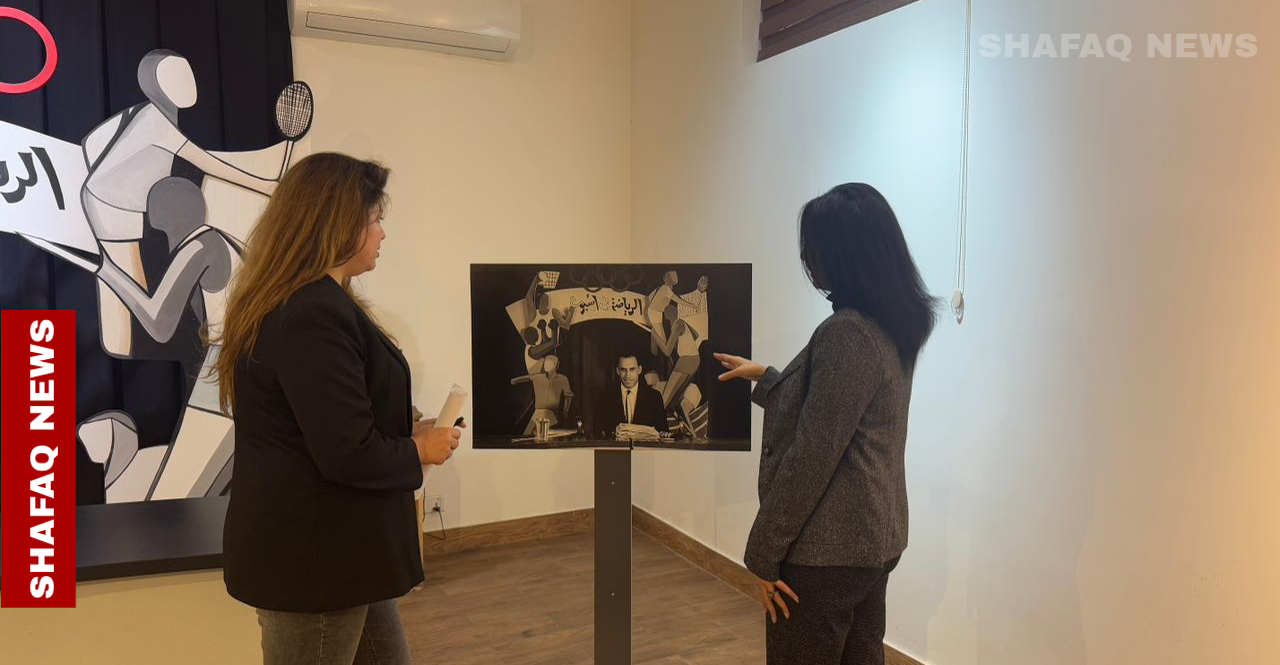
Shafaq News/ The Iraqi Media Museum offers a comprehensivejourney through the nation’s rich media history. From rare cameras and historicdocuments to iconic sound mixers and television equipment, the museum preservesthe tools and stories of an era when media played a crucial role in documentingand shaping societal change.
A Journey Back in Time
The idea for the museum was conceived during a visit bymusician Naseer Shamma in 2018, funded and supported by the Private BanksAssociation.
Since its opening in 2022, the museum has been managed byartist Mina Al-Helo, who worked diligently with other artists and mediaprofessionals to collect media artifacts, including items dating back to 1910.
According to Al-Helo, the former radio training building wasrefurbished to serve as a hall for showcasing various Iraqi media equipment.
Al-Helo told Shafaq News that several government andnon-governmental organizations supported the museum initiative, which nowcomprises three main halls: one for journalism, another for televisionequipment, and a hall dedicated to radio. Additionally, the museum includes athird hall displaying various devices.
Furthermore, there are upper-floor halls, one designated forexhibits and another designed to replicate the studio of the famous program"Sports in a Week," complete with all its equipment.
Treasures of the Past
The Iraqi Media Museum currently houses rare artifacts,including a golden-caged nightingale sculpture gifted by Adolf Hitler to KingGhazi in the 1930s. This piece was stolen but later acquired by radio directorKhattab Omar from the thief and donated to the museum. The museum also boastsan audio mixer once owned by composer Talib al-Qara Ghouli, renowned for hisexpertise in using sound equipment.
The museum's hall features a variety of television camerasof different sizes and types, sound mixers, editing equipment, photographiccameras, old radios, televisions, and models of artists and mediapersonalities. Additionally, there are old magazines, such as the Radio andTelevision Magazine, among other rare artifacts.
Al-Helo drew inspiration for the museum's logo from thecuneiform word "Ekee," which means eye or vision in ancientMesopotamian language.
In the 1940s, the current museum building served as aprimary school, later transforming into a radio training institute, from whicha distinguished group of media professionals graduated. According to al-Helo,90% of the media professionals and presenters at that time received variousmedia training to enhance their skills before the building was used as analternative studio for Iraq.
In 2003, the radio and television building was subjected toburning, destruction, and looting, similar to all governmental institutions,with its contents, including radio and television equipment, studios, archives,and art pieces, being stolen.
Building the Iraqi Media Museum
The Iraqi Media Network's warehouses are the primary sourcefor the museum's artifacts, supplemented by donations from media and politicalfigures, as well as citizens, according to museum employee Mazen Rahim.
Rahim explained to Shafaq News that some devices werepreviously housed in the Ministry of Culture's Conference Palace and otherdevices in the Parliament, dating back to the former regime, including anediting device from the 1980s.
Over a single year, more than 200 devices from the Iraqimedia's history were collected. Rahim added that “a committee of experts andretired engineers was formed to gather and identify each device's function.This task was challenging due to some donors' concerns about the proper displayof their donated items.”
Rahim confirmed that some journalists and artists donatednewspapers and magazines dating back over five decades. Actor Sami Qeftandonated his awards, while the family of the late director and actor Yousifal-Ani donated a box containing his handwritten works. Additionally,photographers Abdullah and Hussein Hassoun donated their fully equipped studioto the museum.
When asked about tourist interest in the museum, Minaal-Helo stated that “there is no cooperation between the relevant institutionsto organize visits for Arab and foreign delegations, despite Baghdad beingchosen as the tourism capital for 2025.” She argued that the Ministry ofCulture and related institutions should have included a tour of the Iraqi MediaMuseum in their tourist programs.
Al-Helo concluded by mentioning plans to expand and add newhalls to the museum, including a hall dedicated to the pioneers of Iraqiculture and art, and another for Iraqi cinema. She also hopes to collect anarchive of cartoons and comics to create a special wallfortheirworks.
